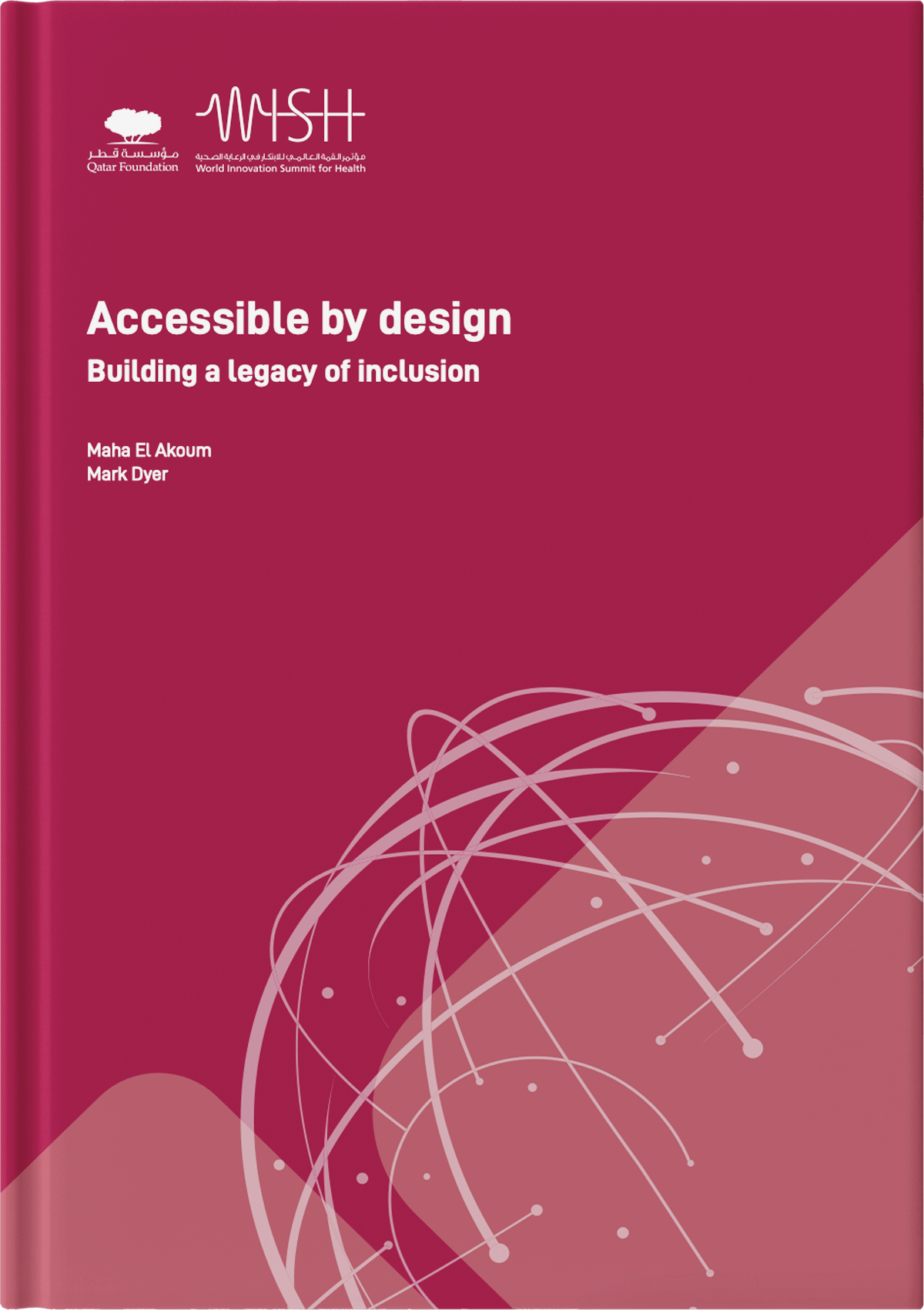Building a legacy of inclusion
Maha El Akoum, Mark Dyer
By 2050, it is projected that 68 percent of the global population will be living in urban cities, making urbanization one of the defining global trends of the century. Of the 6.25 billion people living in cities, nearly one billion will be people with a disability. Therefore, it is crucial that govern- ments plan for, design, and build the infrastructures, public spaces and services that facilitate and enable equal access and participation of all members of society without exception. The available evidence tells us that we have a long way to go. As things currently stand, the 15 percent of the global population who currently live with a disability and reside in urban cities generally report experi- encing lack of accessibility in built environments – such as housing, roads, public buildings and spaces – as well as information and communications technologies. These barriers affect access to education and employment and contribute to the marginalization and stigmatization faced by this community. In turn, this can negatively affect the health and wellbeing of this community.

